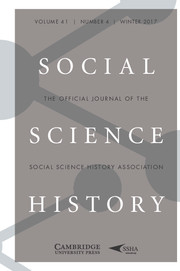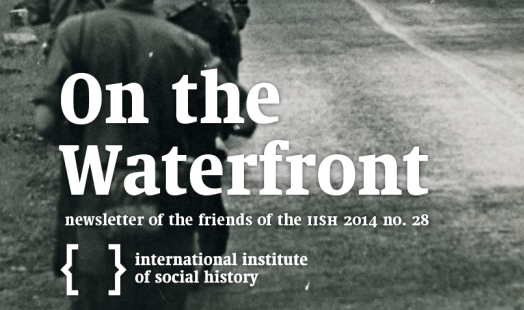Theorizing Cross-cultural migrations: the case of Eurasia since 1500
Lucassen, J. & L. Lucassen, "Theorizing Cross-cultural migrations: the case of Eurasia since 1500." Social Science History 41(2017) 3, 445-475.
In this article Jan and Leo Lucassen plead for a less state-centered definition of migration that allows us to understand better the relationship between cross-cultural migrations and social change and social development in the long run.
Therefore, they developed a method that enables us to systematically compare CCMRs (cross-cultural migrations per capita) through time and space. This CCMR method puts issues of state policies and citizenship in a much broader social context.
They conclude that the presentist approach to migration in the social sciences is highly myopic, as it privileges migrations crossing state borders over internal moves, and favors migrants who have the intention to settle for good. In itself this is a legitimate choice, especially if the core explanandum is the way migrants’ long-term settlement process in another (modern) state evolves.
In the more empirical parts of this article however we have concentrated on the effects of Eurasian societies since 1500 that have received migrants. Sending societies and individual migrants and nonmigrants in sending and receiving societies have been largely left out.
Finally, and paradoxically, integration and assimilation in the long run leads to diminishing opportunities of social development by cross-cultural experiences, because one could argue that due to globalizing migrations cultures converge further and thus cultural boundaries (as is already the case in migration to cities within culturally homogenous nation-states in the twentieth century) become less salient or disappear entirely. Logically speaking, this is also an implication of the model, presently to be developed further.








